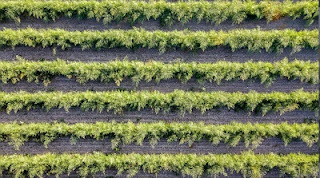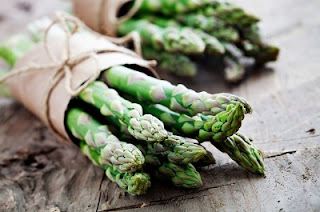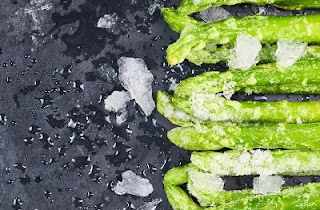Asparagus: Everything You Need to Know
Asparagus recipes are prepared with asparagus, a spring vegetable. Asparagus is a blooming perennial plant of the lily family. It is often cultivated as a temperate crop, although it has the potential to be grown as a tropical crop as well. It is a creeper that looks like a prickly plant and comes in three colors: white, green, and purple. Asparagus recipes have been used for thousands of years for both culinary and medical reasons because of their delicate flavor and diuretic qualities. Asparagus is a vegetable crop that is grown all over the world. It is native to much of Europe, North Africa, and West Asia.
The origin of fresh asparagus is uncertain, however, it is thought to have originated somewhere in the eastern Mediterranean region. Its recipes may be found in the oldest surviving recipe books, such as Apicius, a compilation of Roman cooking recipes from the third century A.D. When asparagus was in season, the ancient Egyptians, Greeks, and Romans ate it fresh and dried it for winter consumption.
There are several ways to prepare asparagus, but steaming is the best option since it is the healthiest and requires the fewest ingredients. To reap the full nutritional advantages of asparagus, you need to understand how to steam it properly. Generally, Fresh Asparagus Recipes begin by removing the microscopic scales on the sides of the asparagus stalks using a little knife. You must learn how to strip this section since this is where the sand and grit are discovered. Handle the underside of the stem in one hand and gently bend it with the other while washing it under running water. The delicate part of the stem will break, and the broken ends can be utilized in soups. Each of the Fresh Asparagus recipes has distinct characteristics and reactive effects on the food cooked in them.



Comments
Post a Comment